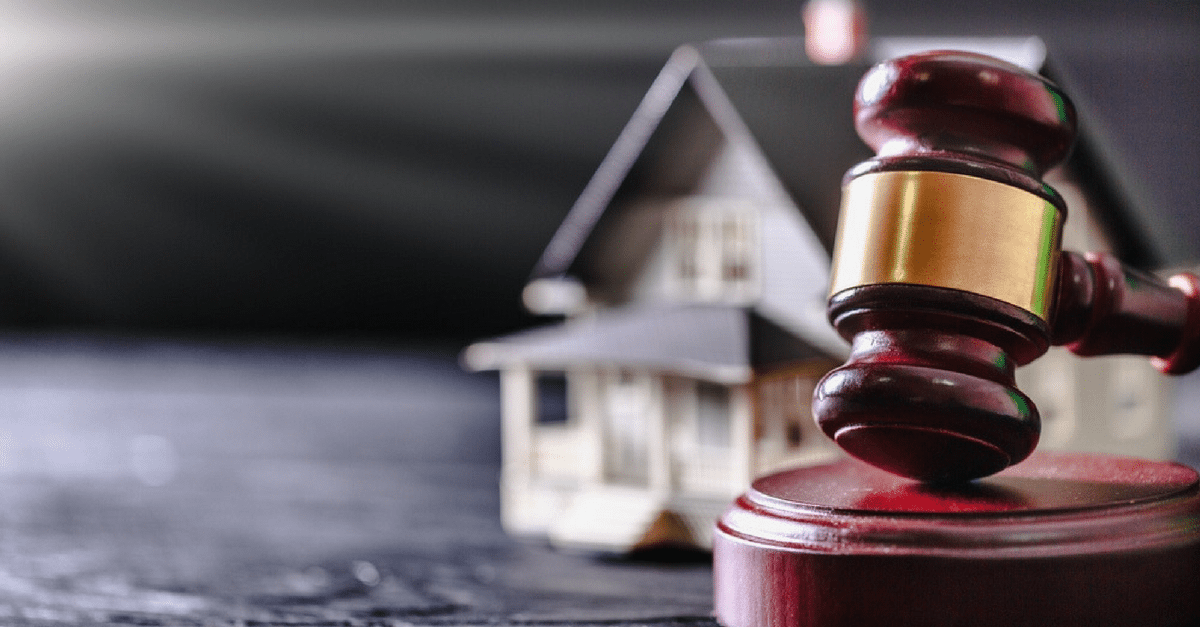
For people experiencing debt problems, finding a way to get out of debt and keep their home is usually their top concern.
Ontario introduced exemption laws around home equity in 2015 that mean that you will not lose your home in a bankruptcy if the equity is $10,000 or less.
If the equity in your home is above $10,000 however, how you proceed will depend on how deep in debt you are, what kind of debts you have and whether or not your mortgage is under water.
Table of Contents
Is Your House Mortgage Current?
The first step in keeping your home when you file bankruptcy is making sure you are current on your mortgage payments. While you do not necessarily lose your home if you file for bankruptcy, if you are in arrears on your mortgage your lender will eventually take action to repossess your house. Secured loans like your mortgage are not included in either a bankruptcy or consumer proposal. That means you can’t obtain protection from your mortgage lender under Canadian bankruptcy law for mortgage arrears.
So before you do anything else, catch up on your mortgage payments.
Now you have options you can look at that will deal with the remainder of your debt, without the threat of foreclosure on your home.
How Much Can You Afford To Pay to Get Out of Debt?
When choosing the best way to plan your way out of debt, you have to ask yourself what you can afford to pay. There are options that work if you are able to pay your debts in full. Then, there are the options for when you cannot repay your debts completely.
| Interest Free | Debt Settlement | Keep House | |
| Debt Consolidation Mortgage | NO | NO | YES |
| Debt Management Plan | YES | NO | YES |
| Consumer Proposal | YES | YES | YES |
| Personal Bankruptcy | YES | YES | Maybe |
Paying Back Your Debts in Full
For some people, the right choice is to utilize the accumulated equity in their house to consolidate other debts into a more manageable monthly payment. This could take the form of a secured line of credit, a second mortgage, or even a new mortgage with a brand new amortization period.
This is a conversation you have with your bank or mortgage lender. With the changes to mortgage rules in the recent past, financial institutions are limited to lending you 80% of the assessed value of your house. For example, you could refinance with a total mortgage balance of up to $240,000 if your home is assessed at a value of $300,000. This option works if you have sufficient equity in your home to take care of all your outstanding unsecured debts. In addition to being able to offer your home as collateral, you will also need a reasonably good credit history. If your mortgage and other debts are in arrears, you may not qualify for this type of debt consolidation loan.
So what if the bank isn’t able to help you because you don’t have enough equity or good credit to refinance your debts?
A credit counselling agency may be able to help you with a Debt Management Plan. Your credit counsellor will work with you and your creditor to develop a debt repayment plan for your debts. The amount of equity in your home does not have a direct impact on the amount to be repaid. In a DMP, the full principal amount of the debt must be repaid, but you may be able to negotiate a reduced interest rate.
Paying Back A Portion of Your Debts
If you can’t afford to pay back all of your debt, you can look to the solutions provided under the Bankruptcy & Insolvency Act.
When filing personal bankruptcy with a Licensed Insolvency Trustee and want to keep your house, you need to work out a payment plan to pay for that equity within a reasonable time period. If you fail to make the payments, your trustee is forced to sell your house to realize on the equity for your creditors.
A Consumer Proposal would likely be a better choice to get out of debt if you want to keep your home. Like a bankruptcy, a proposal is filed with a Licensed Insolvency Trustee. In a proposal, you offer to repay a portion of your debts. The big advantage of a proposal is that your trustee never has the duty or responsibility to sell your home or other possessions. Instead, you negotiate a repayment amount with your creditors. They will expect to receive as much, or slightly more than, they would in a bankruptcy which means you will have to ‘buy out’ your equity over the term of your proposal.
Why is this different then than a debt management plan? Because you can include more than just credit card debt and, if your debts total more than the equity in your home, you can make an arrangement to pay back less than you owe.
In Short
Keep in mind that any option where you are not repaying your debts in full is going to hurt your credit rating. That’s why most people, before contacting a trustee, first take time to determine if they can pay back their debts on their own first.
If you cannot pay back your debts in full, it is possible to keep your home even if you file bankruptcy or a consumer proposal. Contact us to book a free consultation with a Licensed Insolvency Trustee so we can help you find out how and still get out of debt sooner.






